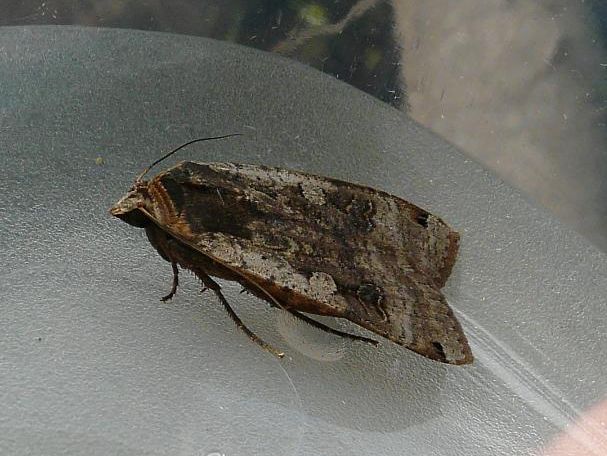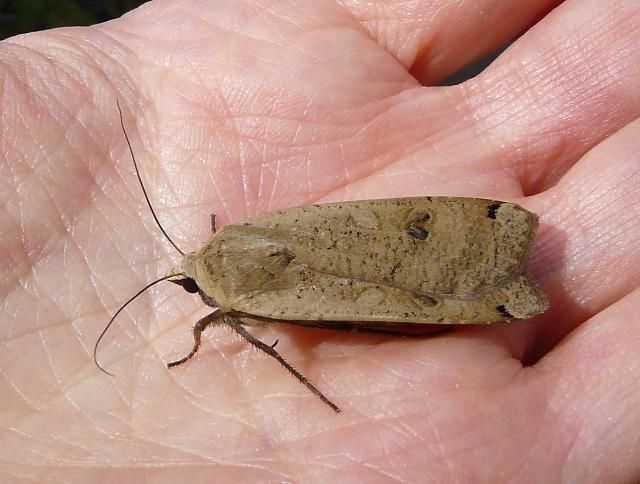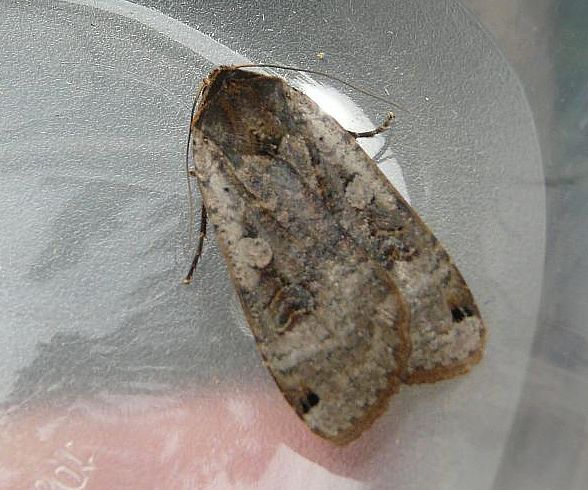2105 July 20
Aziza Cooper writes: Hello, butterfly watchers,
For the August Butterfly Walk I’d like to suggest that we meet at noon instead of 1pm, and go to Kinsol Trestle, near Shawnigan Lake. It’s the August long weekend, so it will be a good holiday outing and a chance of more variety in butterflies than we are likely to find in Victoria. As always, the walk is dependent on good weather and will be cancelled if the weather is cold or raining.
Jeremy Tatum’s list of butterflies sighted in past years include Hydaspe Fritilliary, Clodius Parnassian, Dun Skipper and Western Tailed Blue. (It could be too late in the year for Western Tailed Blue.)
It’s almost two weeks until August 2nd, the date of the walk. I’m giving the group a bit more time to think about it, since it will be a longer expedition than usual. I’d like to meet at noon instead of 1pm to allow for the driving time which will be about an hour.
Here are the directions:
From Victoria: From the Trans Canada Highway turn west onto Mill Bay/Shawnigan Lake Road and go all the way into the Village of Shawnigan Lake. Turn right onto Shawnigan Lake Road and follow it until it turns into Renfrew Road. Follow Renfrew road past the end of the Lake to Gleneagles Road and turn right. There is a public parking area about 550 metres down the road on the right hand side. Park here and walk to the Trestle on the Cowichan Valley Trail which is approximately 1.2 km in distance.
Here’s a link to the website:
http://www.cvrd.bc.ca/index.aspx?NID=1379
I’ll send out a reminder notice before the weekend of August 1- 2.
Comments/questions: hit Reply, or phone me at 250-516-7703.
Jeremy Tatum writes: Jochen Moehr entrusted me with two of the Anise Swallowtail caterpillars that were feeding on his parsley (see July 13 posting). They are half-grown now and enjoying feeding on Oenanthe sarmentosa.
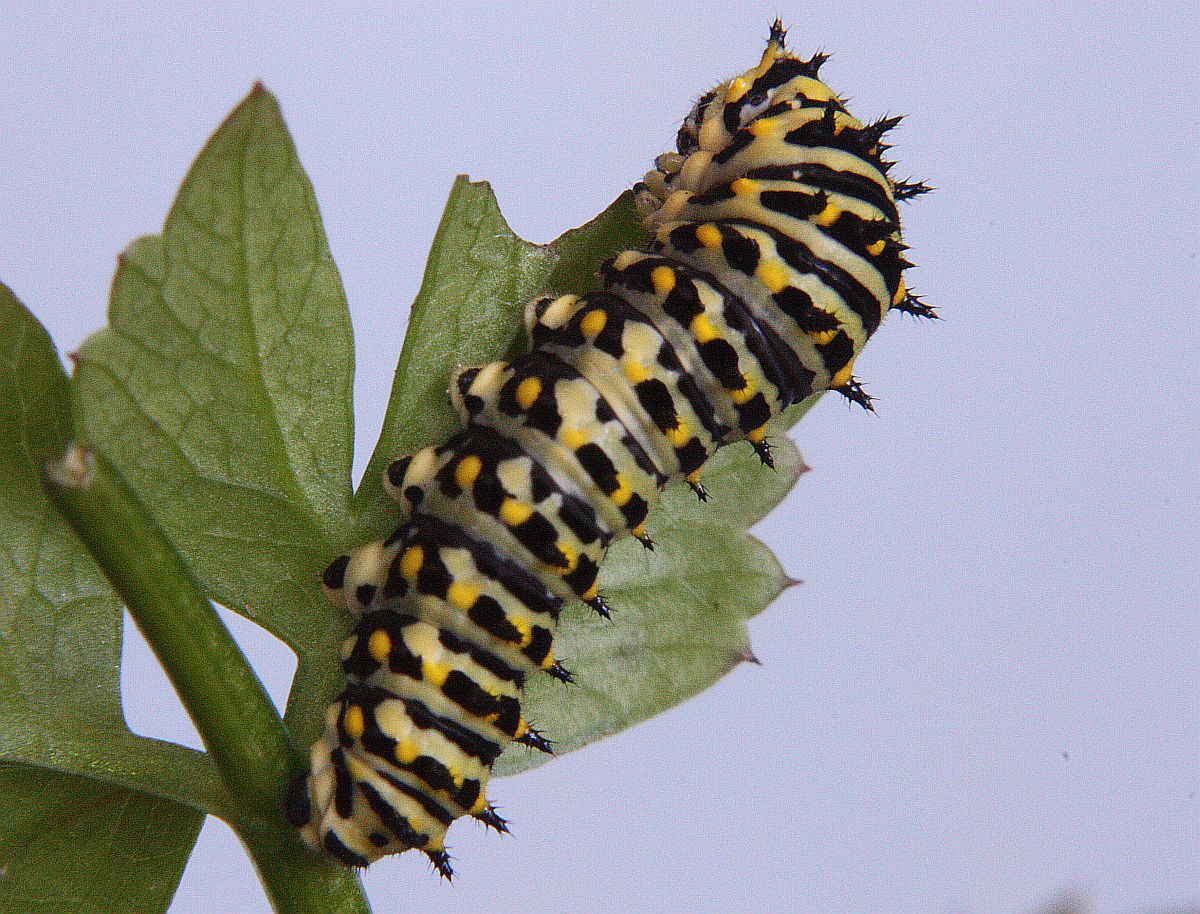

Anise Swallowtail
Papilio zelicaon (Lep.: Papilionidae) Jeremy Tatum
Aziza Cooper writes: I went to Moss Rock Park this evening (July 19) and saw 6 butterflies – 4 Painted Ladies, a Red Admiral and a West Coast Lady. The summit is a scramble to get to; quite steep, without a good trail. At Government House, six Western Tiger Swallowtails and one Red Admiral were at the lawn east of the House, and at Mount Tolmie reservoir, another 4 Painted Ladies, a Red Admiral and a West Coast Lady. Hilltops seem to be the only consistent place to find butterflies around here. My visit to Goldstream RR tracks was pretty slow, with two Pine Whites, 4 Lorquin’s Admirals, and 10 skippers, mostly Woodland.
In case any viewers have not yet visited Mount Washington to see the wonderful butterflies there, here is today’s contribution from Mike Yip: A leisurely trip to Mt. Washington on Friday (July 17) yielded 15 species. First stop was at the start of the Mt. Washington road where we encountered 4 Common Woodnymph and several Woodland Skippers. Before we got to the first ski hill we had added Grey Hairstreak, Lorquin’s Admiral, Cabbage White, Mariposa Copper, Hydaspe Fritillary, Anna’s Blue, Silvery Blue, Painted Lady, Clodius Parnassian. At the first ski hill we added Purplish Copper and Common Branded Skipper. We only spent 20 minutes at the peak but added Great Arctic and Anise Swallowtail. In all we found 3 Painted Ladies – all new generation in mint condition. The Great Arctics were all fairly well worn and in poor condition. Silvery Blues were also near the end of their days.
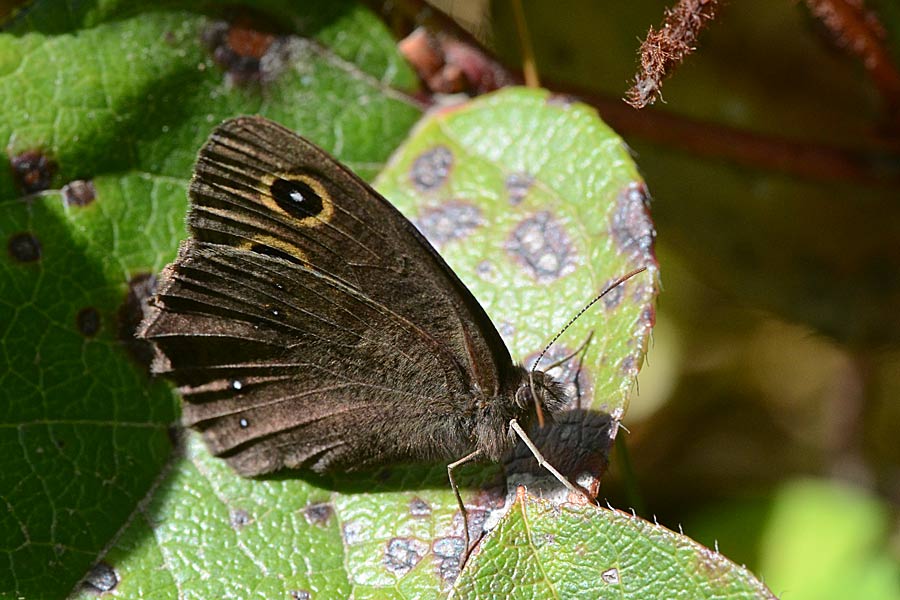

Common Woodnymph
Cercyonis pegala (Lep.: Nymphalidae – Satyrinae) Mike Yip
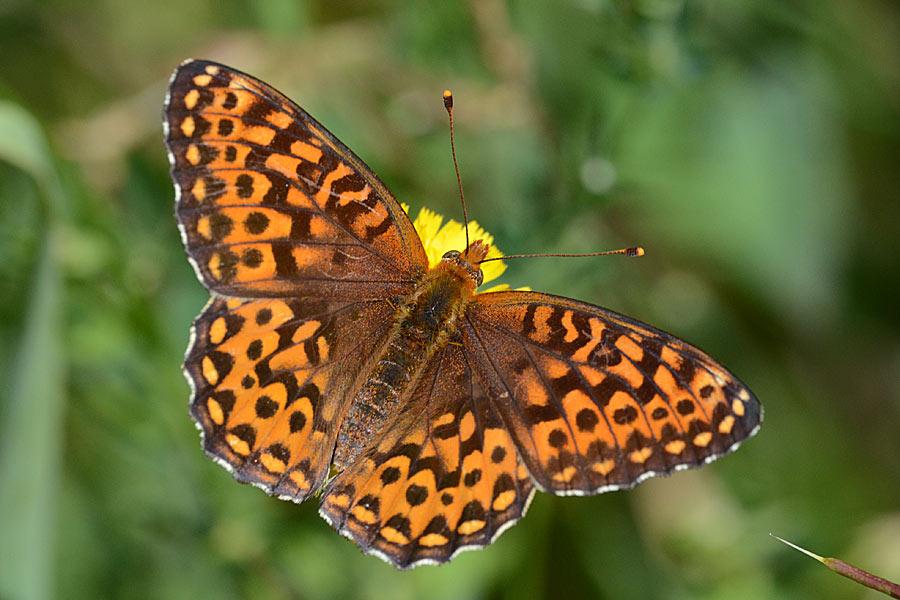

Hydaspe Fritillary
Speyeria hydaspe (Lep.: Nymphalidae) Mike Yip
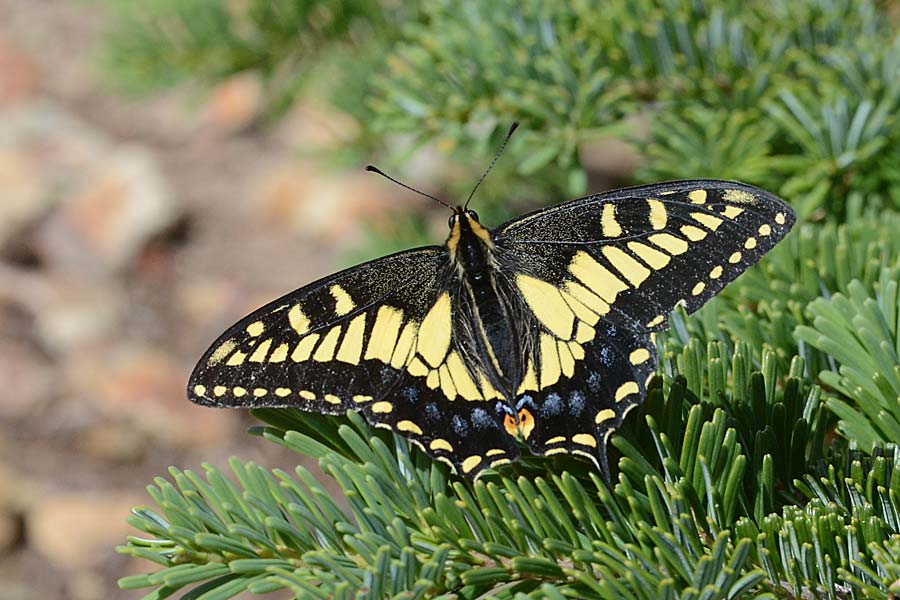

Anise Swallowtail
Papilio zelicaon (Lep.: Papilionidae) Mike Yip
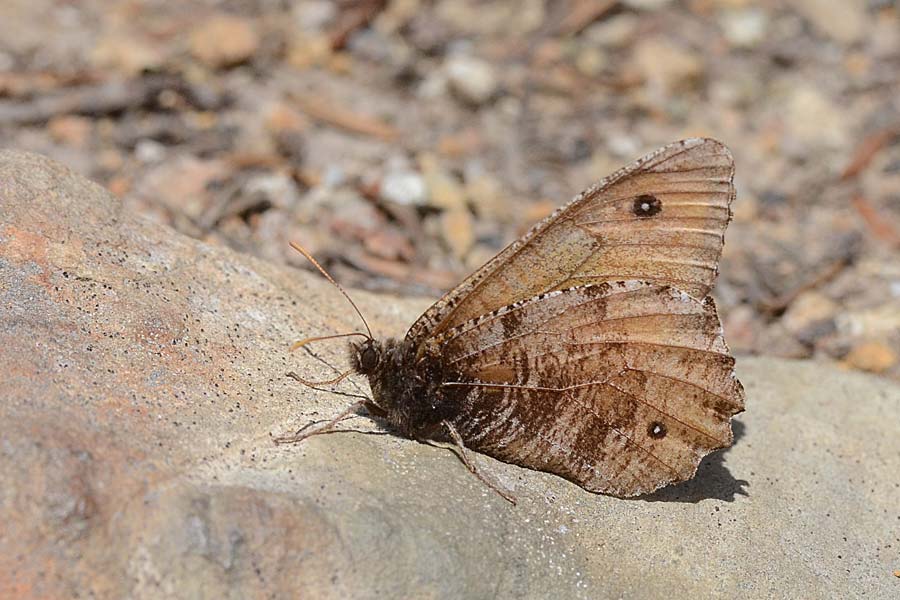

Great Arctic
Oeneis nevadensis (Lep.: Nymphalidae – Satyrinae) Mike Yip
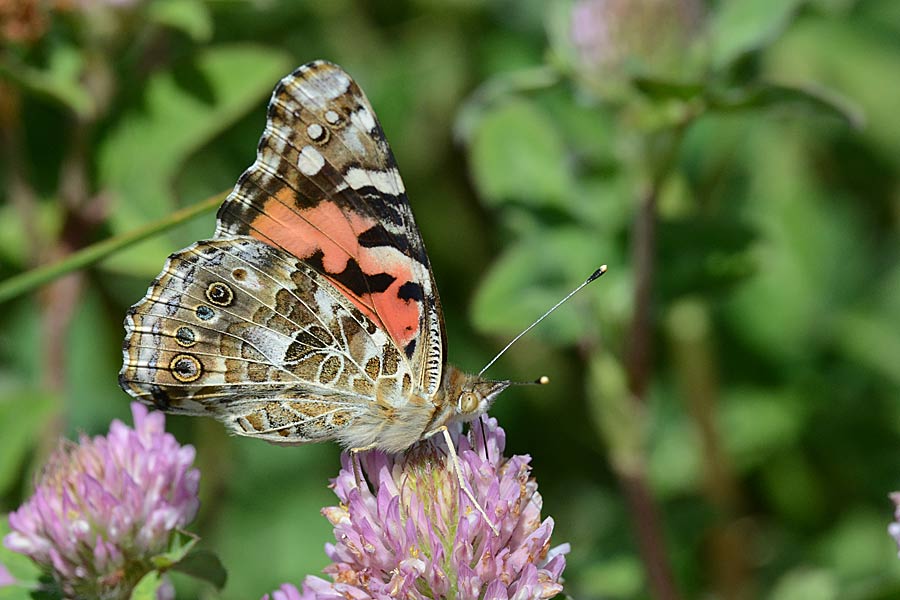
Painted Lady Vanessa cardui (Lep.: Nymphalidae) Mike Yip
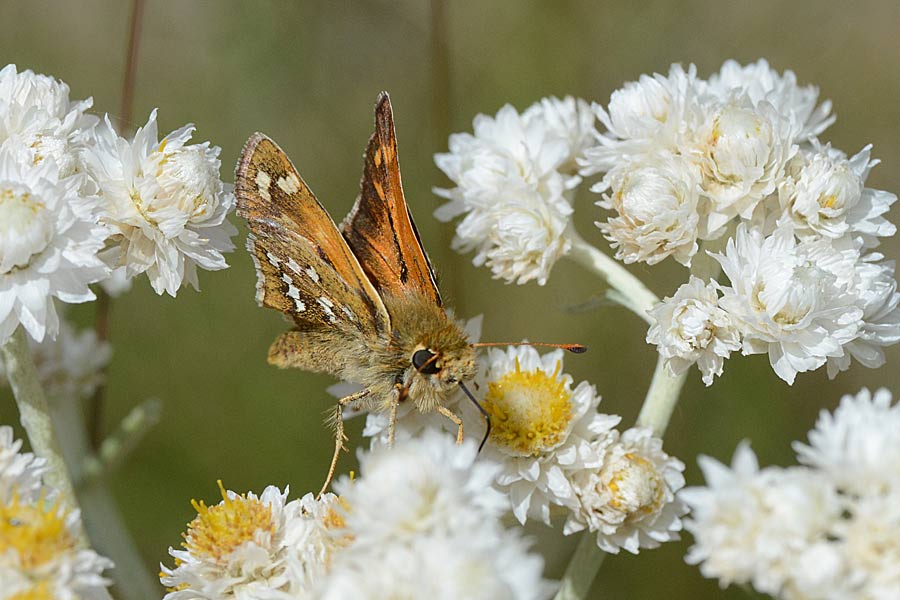

Common Branded Skipper
Hesperia comma (Lep.: Hesperiidae) Mike Yip

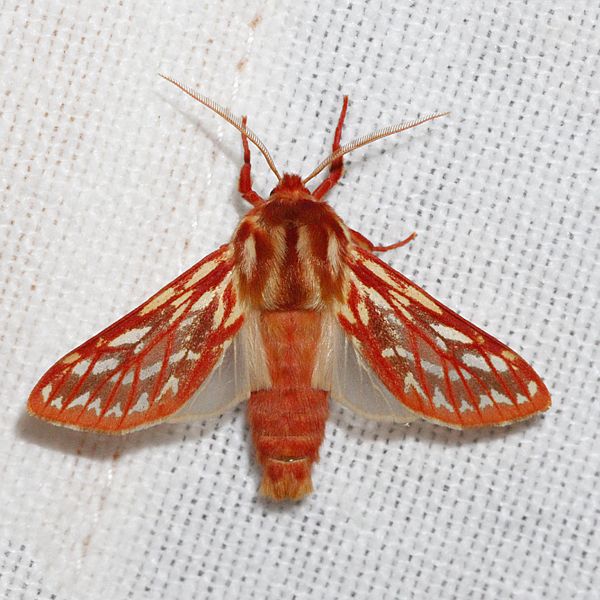
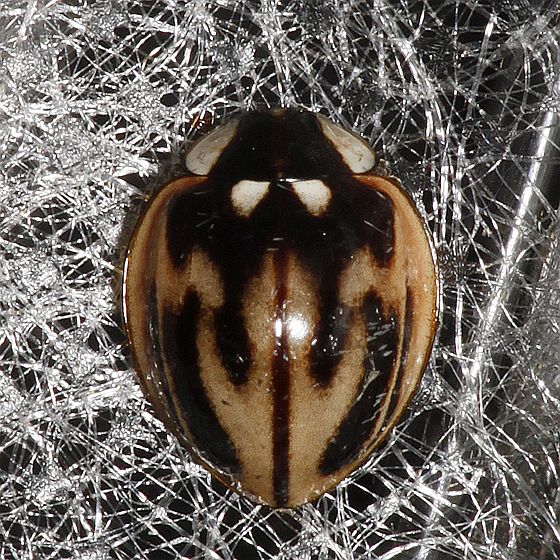
 Myzia subvittata (Col.: Coccinellidae) Libby Avis
Myzia subvittata (Col.: Coccinellidae) Libby Avis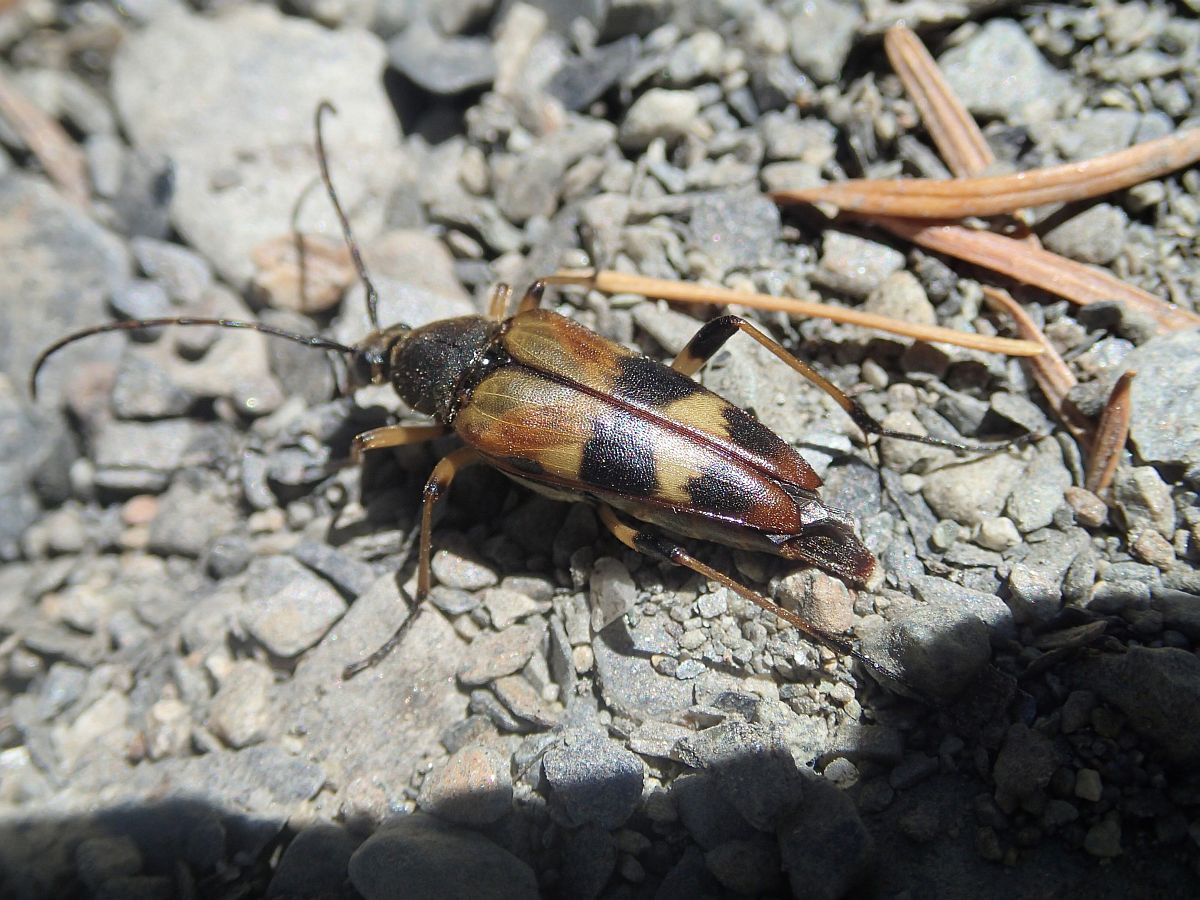
 Leptura obliterata (Col.: Cerambycidae) Rosemary Jorna
Leptura obliterata (Col.: Cerambycidae) Rosemary Jorna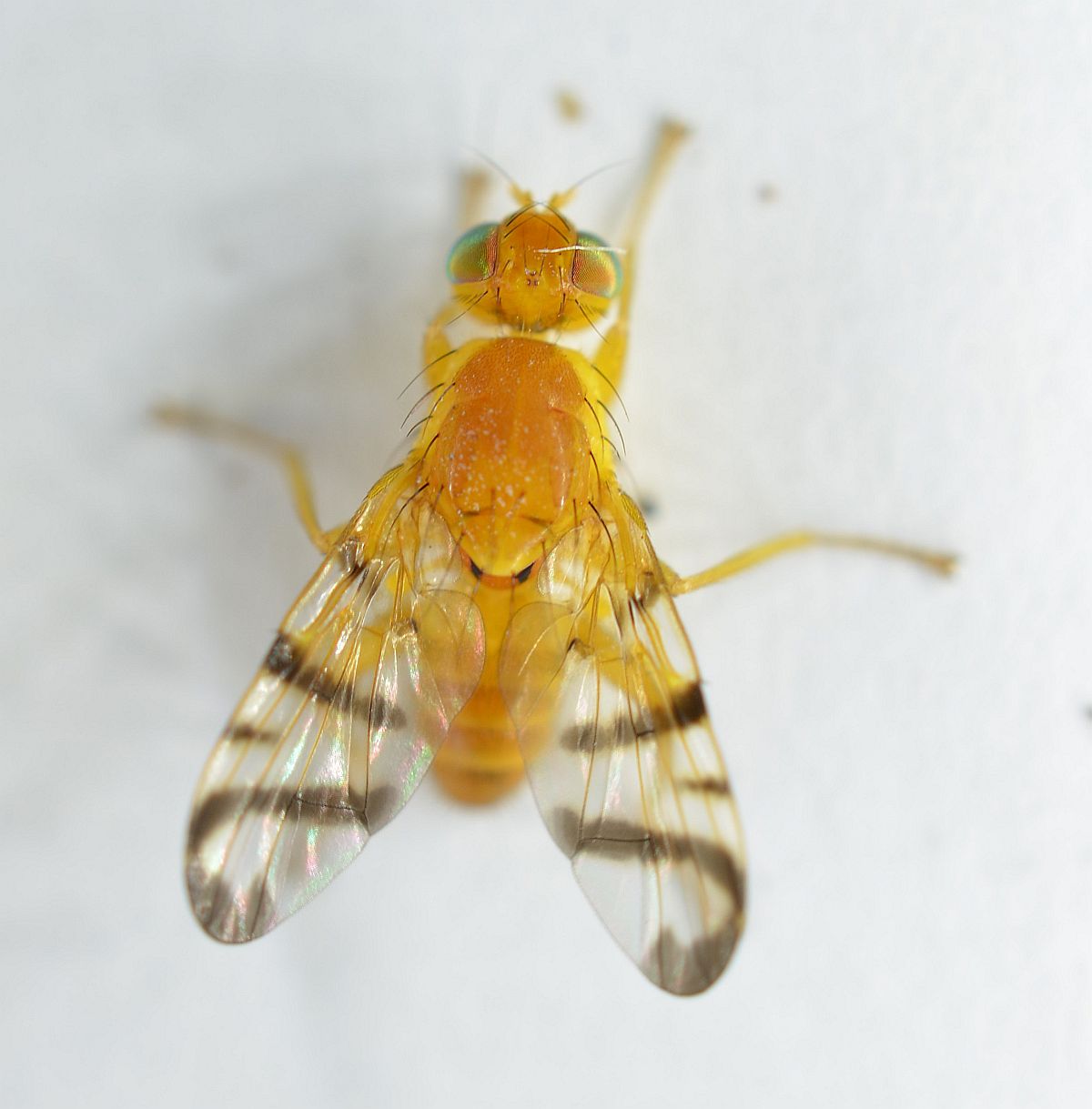
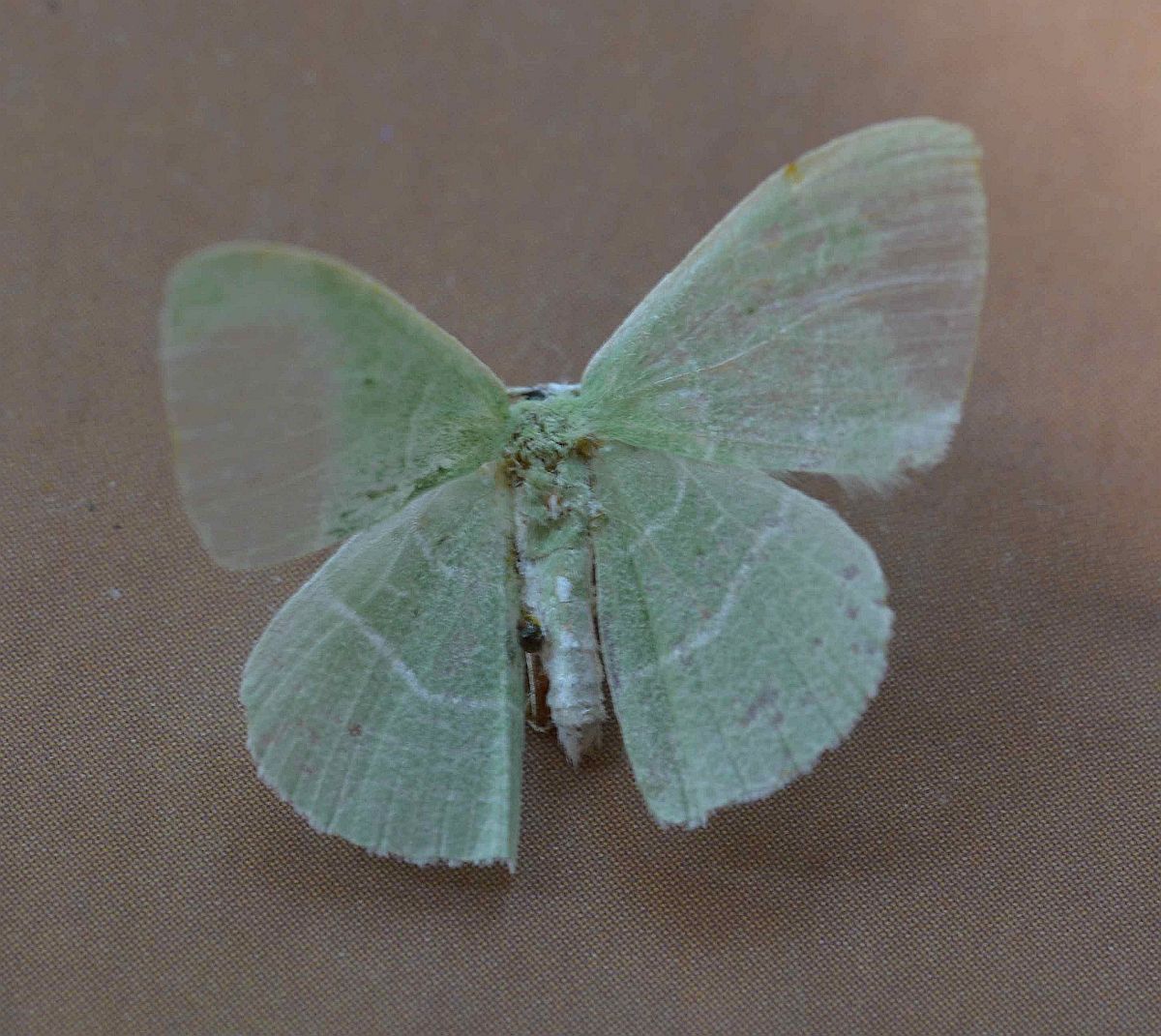
 Probably Nemoria glaucomarginaria (Lep.: Geometridae)
Probably Nemoria glaucomarginaria (Lep.: Geometridae)



 Anise Swallowtail Papilio zelicaon (Lep.: Papilionidae) Mike Yip
Anise Swallowtail Papilio zelicaon (Lep.: Papilionidae) Mike Yip
 Great Arctic Oeneis nevadensis (Lep.: Nymphalidae – Satyrinae) Mike Yip
Great Arctic Oeneis nevadensis (Lep.: Nymphalidae – Satyrinae) Mike Yip

 Common Branded Skipper Hesperia comma (Lep.: Hesperiidae) Mike Yip
Common Branded Skipper Hesperia comma (Lep.: Hesperiidae) Mike Yip